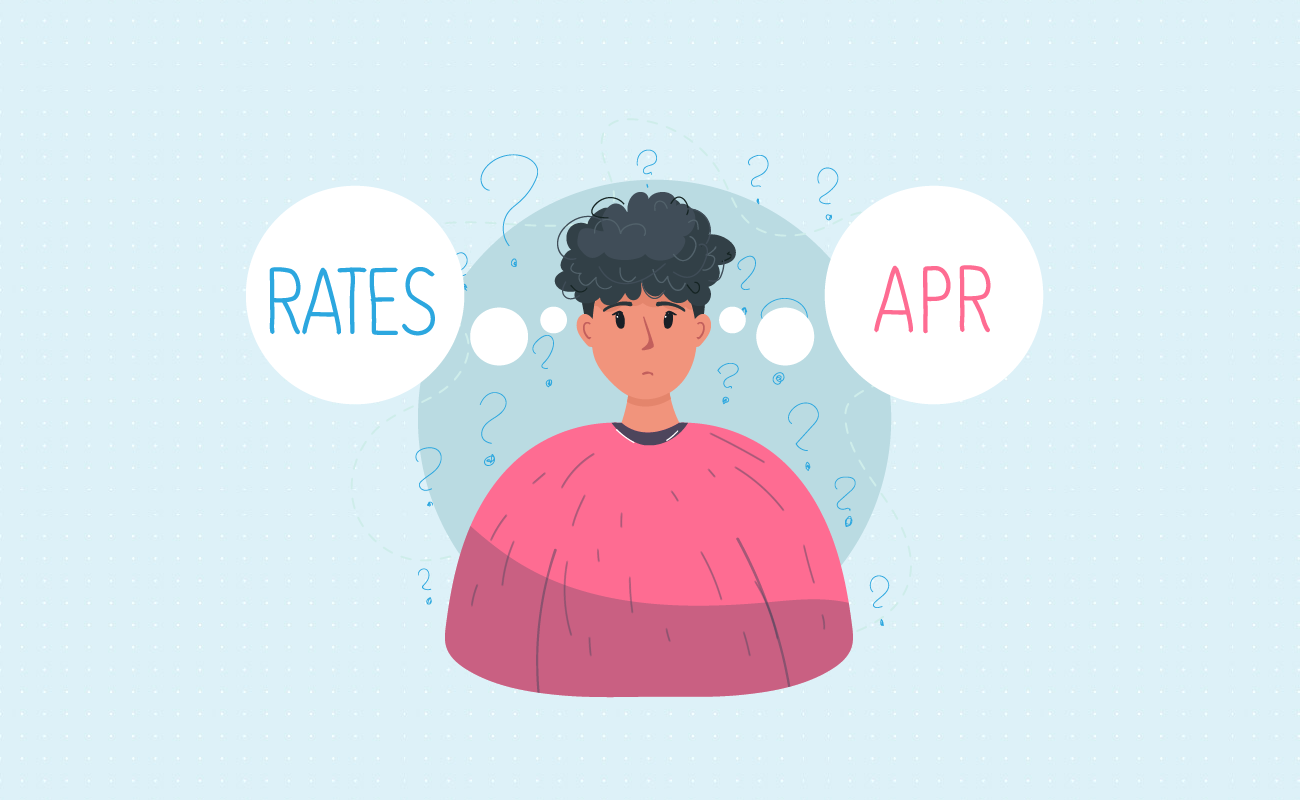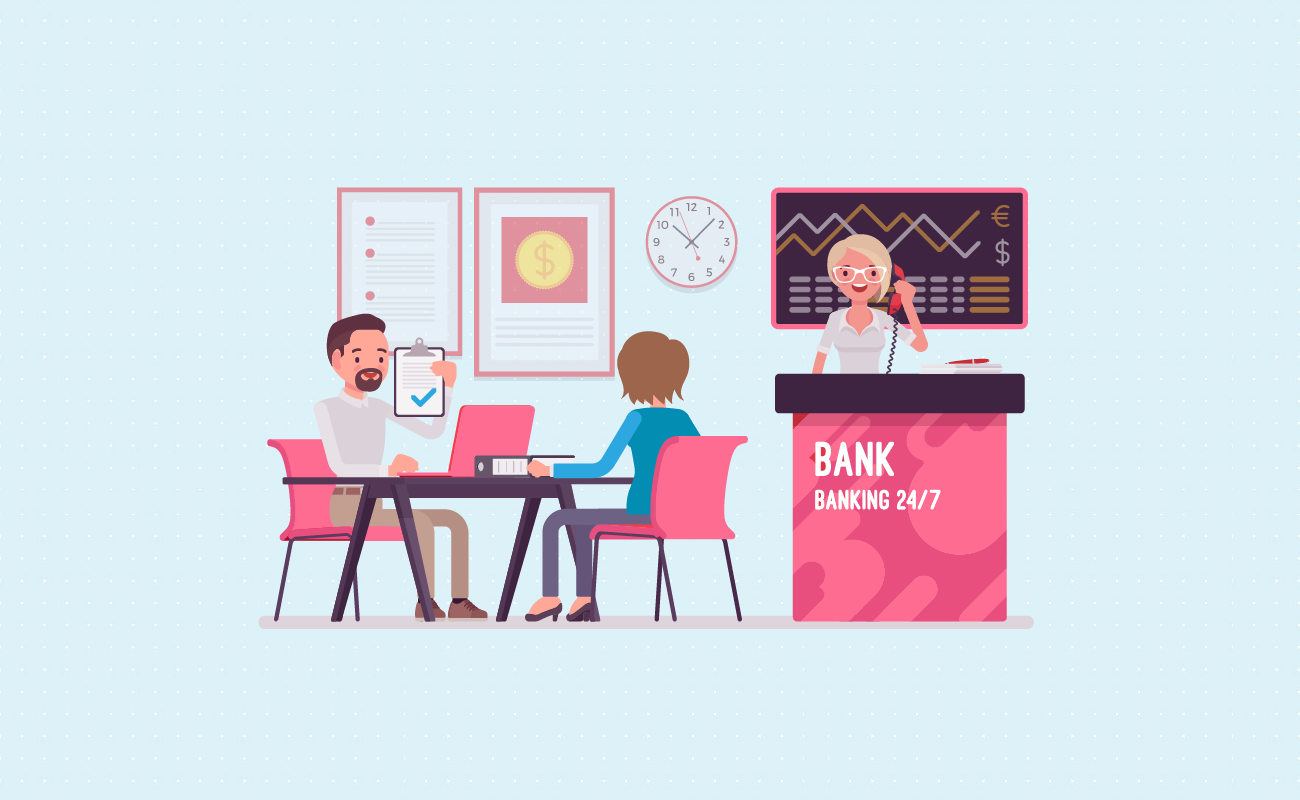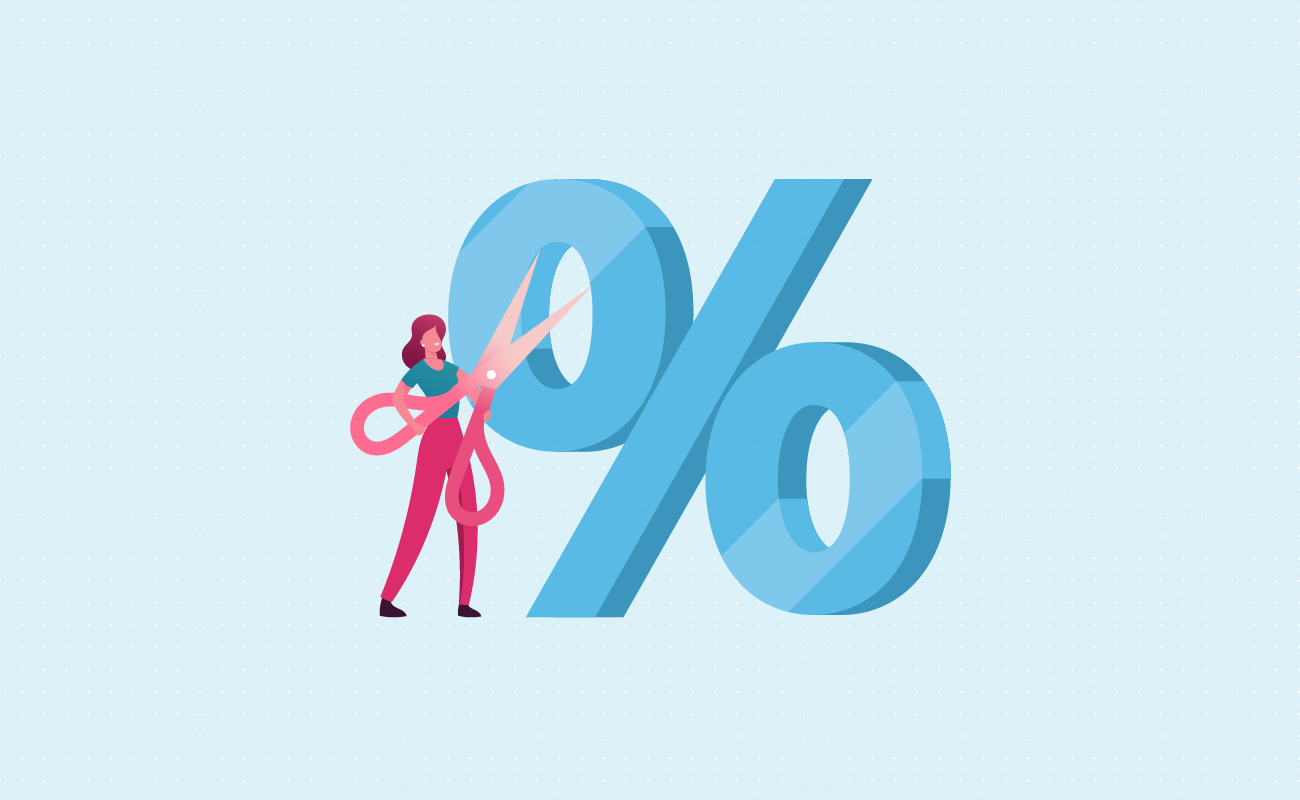Fixed Rates
30 yr
25 yr
20 yr
15 yr
10 yr
Compare Terms
Compare Rates
Real APR
Adjustable Rates
Qualification
Affordability
Renter Affordability
Rent vs Buy
Price per Square Foot
Jumbo
Home Sellers
 Actual Mortgage APR Calculator
Actual Mortgage APR CalculatorHomebuyers can use this calculator to figure the effective interest rate of a mortgage with upfront loan costs included. This calculator is for fixed-rate mortgages & we also provide a similar APR calculator for ARM loans.
Guide published by Jose Abuyuan on September 23, 2020

Finding a mortgage that fits your finances is a challenge. Your monthly payments must be just right for your budget yet high enough to reduce your long-term mortgage expenses. To save money on a home loan, one of the best things you can do is secure a low interest rate. This helps reduce your loan’s lifetime interest costs.
Besides the money you borrowed, you’ll also need to account for your closing costs. Steep closing costs can add up significantly. This comes as a surprise to buyers who don’t have enough cash to cover it. Often, they end up financing the closing costs into their mortgage.
When shopping for a home loan, make sure to compare rates and terms. And to truly understand the costs of your mortgage, you must learn about the annual percentage rate (APR).
It is important to distinguish between your stated interest rate and your APR. The stated interest rate is used to calculate the interest on the amount you borrowed. Although important, interest isn’t the only expense involved in your mortgage. You’ll also need to look at the costs rolled into your principal.
Here’s where the APR comes in. It calculates the costs of your principal and the other fees that go into your mortgage. Besides the stated rate, your APR incorporates the following costs:
You have the option of rolling these costs into your mortgage balance. Thus, your APR tracks the true cost of your mortgage. For fixed-rate mortgages, your APR will be slightly above your stated interest rates.
The APR is an excellent tool in comparing mortgage offers. You can get a good idea on the volume of your closing costs based on the size of the APR. Two mortgage offers with identical payments and stated interests might have divergent APRs. Between the two, the better deal is the one with the lower APR. Thus, the best long-term mortgage options are the ones with the lowest stated rate and the lowest APR.
To promote transparency, the Truth in Lending Act made it mandatory for lenders to list down both the stated interest rate and the APR. Lenders must follow the same guidelines to ensure that the APRs are as accurate as possible.
Low rates play a key role in reducing your total interest costs. Interest is the fee you pay to lenders for borrowing their money. All loans derive interest through the same basic formula. The following formula is for regular monthly mortgage payments:
Payment = P [ (r / n) x (1 + r / n)^n(t)] / (1 + r / n)^n(t) - 1
Where:
Each of these factors affect the amount of interest. Reducing any one of these can lower your total interest costs. Understanding how to lower these factors is critical to help you save money on your home loan.
Most homebuyers in the United States borrow money through fixed-rate mortgages, with the loan term typically set to 30 years. This type of loan locks in your interest and principal payments throughout the life of the loan. However, you can still reduce your interest costs in one of two ways:
The monthly mortgage payment often obscures how expensive your loan actually is. A 30-year fixed-rate mortgage, for instance, will have a much lower monthly minimum payment than a 15-year fixed mortgage. For this reason, the 30-year mortgage remains popular with many American homebuyers. Due to its length, however, it costs more money in the long run as you are paying interest for 3 decades. While this is an acceptable trade-off for many buyers, financial experts think otherwise. They recommend taking a shorter loan term, such as 15 years. Besides cutting your term in half, this comes with lower interest rates, which can save you tens of thousands of dollars in interest.
There are two types of mortgages based on rates that are available to the buyer. The first and most common of these are fixed-rate mortgages. The interest rate remains the same throughout the life of the loan. For many people, fixed-rate mortgages offer a sense of long-term security. The monthly principal and interest payment remains the same no matter how long the repayment term.
Adjustable-rate mortgages (ARM), meanwhile, change depending on market conditions. For instance, with a 5/1 ARM, you’ll pay the introductory rate for the first 5 years. Afterwards, your monthly payments can increase or decrease each year depending on the market’s interest rates. Succeeding years can have higher payments than others as the rates fluctuate. Since unpredictability isn’t everyone’s cup of tea, many homeowners who take an adjustable-rate mortgage eventually refinance to a fixed-rate mortgage.

Extending a loan to someone comes with risks. Lenders must ensure that their borrowers are capable of paying back their mortgage. In general, the less confident a lender is in your ability to repay the loan, the higher the perceived risks.
Factors that influence risk include income, debts, and credit score. For buyers, getting a better rate involves improving their financial standing before borrowing. A borrower can win their lender’s confidence by having an excellent credit score or a larger down payment.
Lenders also face another risk in the form of inflation. Over a long time horizon, money loses its value. To hedge against this risk, they charge a higher rate for loans with longer terms. Thus, even a less risky borrower would still receive a higher APR if they chose a longer term.
Many buyers, however, don’t have the luxury of choice. Thus, they rely on other means to lower their long-term expenses. One of the most common ways is through points.
To make a mortgage affordable, some people need to lower their rates or cover the closing costs in some way. Thus, lenders offer points, which borrowers can use to alter the terms of their mortgages. There are three types of points:
Origination and discount points can be paid out of pocket or rolled into the costs of your mortgage. Most people do the latter.
Each point is valued at one percent of your mortgage’s principal. If your principal is $250,000, for instance, a single point would cost you $2,500. Points do not need to be purchased as whole numbers. Based on the first figure, you can buy half a point for $1,250, or a fourth of a point for $625.
Point systems benefit lenders by giving them cash up front. For buyers, it’s more of a mixed bag. In the right circumstances, the appropriate use of points can help you save a lot of money.

The non-standard nature of point systems creates a lot of variety between lenders. A mortgage with points from one lender might be more expensive from a zero-point mortgage from another. Shop around and look for the lender that offers the best mortgage terms, with or without points.

Although very costly up front, discount points have their advantages. They can help you save thousands of dollars on interest with a long-term mortgage. Discount points lower your stated APR relative to a zero-point loan from the same lender. How points translate to discounts will vary. Their values would depend on the lender, the type of loan, and the current state of the mortgage market.
Origination fees compensate the lender for the costs of closing. These sometimes come in the form of points, which make them easier to manage. By buying origination points, you are paying a greater share of the closing costs through your mortgage.
Origination points are not tax deductible according to the Internal Revenue Service. This is because they are used to pay administrative expenses, not the cost of the property itself.

Know what type of points you are buying. Ask your lender if they’re offering origination or discount points.
You cannot avoid origination fees, but you can talk to your dealer to reduce them. You have a better chance at lowering your origination fees if you paid at least 20 percent down payment and have a sterling credit score.
Waiving your origination points may require lender credits or negative points. While discount points reduce your interest rate, negative points do the opposite. These are cash incentives for higher interest rates. Each point you buy increases your interest rate slightly. One or two points may cover the closing costs of a mortgage.
Negative points have allowed many people to buy homes despite prohibitive closing costs. However, the trade-off is much less positive than it appears. By cutting your closing costs, you’d end up paying more interest in the long run.
Your APR is derived by combining your total mortgage costs into the principal. We’ll use the calculator above to determine the effective APR of our next example.
Let’s assume that you bought a house worth $320,000 and paid a 20 percent down payment on it. Thus, your mortgage principal is $256,000. Your lender gave you a 3.5 percent interest rate and offered you discount points worth 0.25 percent each. You bought three, which lowers your stated interest rate to 2.75 percent.
Here’s what your APR would be:
| Category | Closing costs paid separately | Closing costs financed |
|---|---|---|
| Mortgage P&I Payment | $1,045.10 | $1,045.10 |
| Total Closing Costs | 0 | $8,880.00 |
| Effective Loan Amount | $256,000.00 | $264,880.00 |
| Monthly Payment on Effective Loan Amount | $1,045.10 | $1,081.35 |
| Effective APR | 2.75% | 2.7553% |
Financing your closing costs brings up your effective APR by 0.053 percentage points. Adding your points and closing costs to your mortgage, on the other hand, increases your principal. This means you now have to pay PMI. For our next calculation, we’ll assume a PMI rate of 0.7 percent. We’ll also add the amount you would’ve spent if you didn’t buy any points.
Let’s see how much your new APR would save you in interest using our mortgage calculator:
| Closing costs paid separately | Closing costs financed | Closing costs paid separately, no points | |
|---|---|---|---|
| APR | 2.75% | 2.7553% | 3.5% |
| Principal | $256,000.00 | $264,916.00 | $256,000.00 |
| Loan-to-Value Ratio | 80% | 82.79% | 80% |
| Mortgage P + I | $1,045.10 | $1,081.50 | $1,149.55 |
| PMI Rate | 0 | 0.7 | 0 |
| Monthly PMI Payment | 0 | $149.33 | 0 |
| Total PMI Costs (Number of Payments) | 0 (No payments) | $4,778.67 (32 payments) | 0 (No payments) |
| Closing Costs | $8,916.00 | $8,916.00 | $1,200.00 |
| Total Interest Paid | $120,235.07 | $124,422.63 | $157,839.58 |
| Total Financing Expenses | $129,115.07 | $138,117.30 | $159,039.58 |
By buying discount points, you will save $20,922.28 if you financed your points and closing costs into your mortgage. You will also save $29,924.51 if you paid for all your closing costs out of pocket.

There are specific situations where buying discount points can work to your advantage. The first one is if you’re planning to reduce your rate to make your mortgage less expensive. Lowering your rates can reduce both your monthly payments and your total interest payments. It’s an exchange that works in your favor, especially if you’re in it for the long haul.
The benefit of buying discount points is tied to how long you plan to stay in your home. The time it takes to recoup the costs of buying the points is known as the break-even period. This will depend on the ratio between the points and the percentage. If your points lower your interest by 1/4 percent, for instance, your break-even period would be around four years per point.
In general, the more points you buy, the longer it takes to recoup your costs. If you bought two points using our first example, it will take you eight years to break even. Discount points are a worthwhile investment if you plan to stay in your home for a very long time.
Another key benefit of mortgage points is their tax advantages. Because they are mortgage expenses, they count as tax deductibles. You have the option to deduct discount points all at once or over the life of your mortgage.
Negative points, meanwhile, add interest to your mortgage and can be written off as such. Thus, they are far more useful than origination points from a tax perspective. They can be especially helpful in lowering your tax burdens when you fall under a higher bracket.
On the other hand, what if you don’t stay in your new home for long? What if you want to change your mortgage terms in the future? These long-term questions can affect how worthwhile buying points can be. Selling before your break-even period lapses nullifies any of your expected savings.
For house flippers, discount points are not worth pursuing. They often sell the houses much sooner than they would benefit from lower interest rates.
Refinancing makes the opportunity costs of buying points apparent. Rates are unpredictable and can change on a whim. You might miss out on a good chance to refinance your mortgage if you’ve yet to hit your break-even period. Discount points do work in your favor during refinancing. Enough discount points can lower your new interest rate even further.

Remember that comparing APRs alone has its limits. Besides APRs, you’ll also need to look at their point systems and the details of their closing costs. Ask your lender what goes into each of your mortgage’s closing costs and fees in detail. A trustworthy lender will not hesitate to answer your queries truthfully.
Don’t restrict yourself to one lender. Compare their offers carefully. Many lenders would sweeten the pot to win your business, especially if they know you’re considering other lenders. Some might be willing to lower their fees for no extra cost.
Whether you should add to your closing costs depends on your situation. Are you buying a forever home? Discount points might be worth the extra costs. Are you buying a starter home or plan to refinance your mortgage in the foreseeable future? Buying negative points will be a good option.

To save, only buy the points you need. You’ll only need enough origination points or negative points to cover your major expenses.
A steep closing cost may leave you with less money to spend on other things, such as furnishing your new home. These and other expenses are better paid with cash than financing. The amount you’ll save on interest outweighs the future costs or missed savings from your mortgage.
Finally, if you can avoid it, don’t finance your mortgage expenses. Consider waiting a little longer before buying a house. Build enough savings to cover a large-enough down payment and most of your closing costs. This way, you wouldn’t need to finance too many of them. As expensive as this is, you’ll save a lot more money in the long run.
Want to know how to maximize your savings? Check out our cash flow calculator.
Jose Abuyuan is a web content writer, fictionist, and digital artist hailing from Las Piñas City. He is a graduate of Communication and Media Studies at San Beda College Alabang, who took his internship in the weekly news magazine the Philippines Graphic. He has authored works professionally for over a decade.